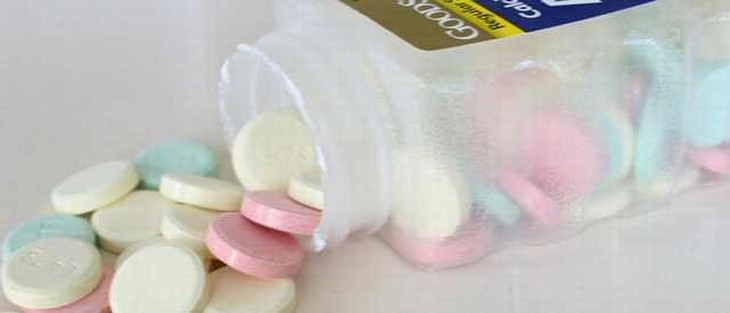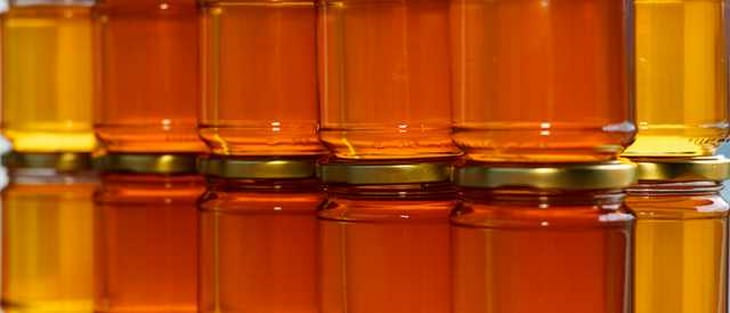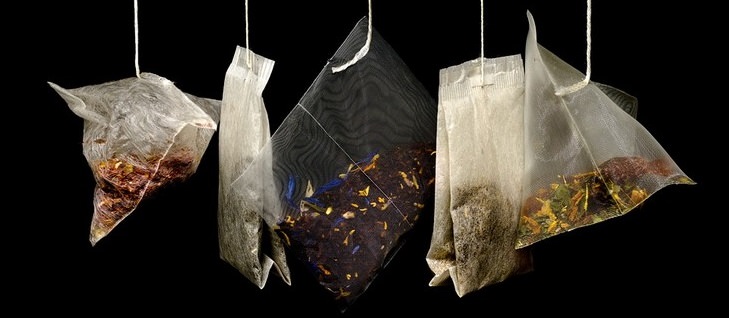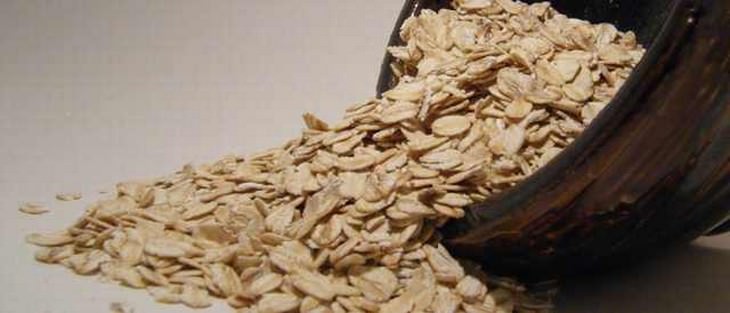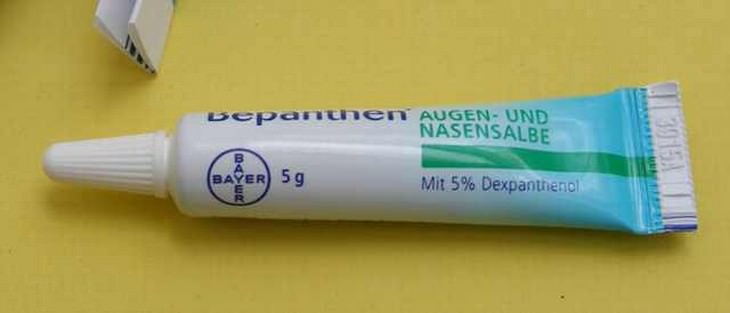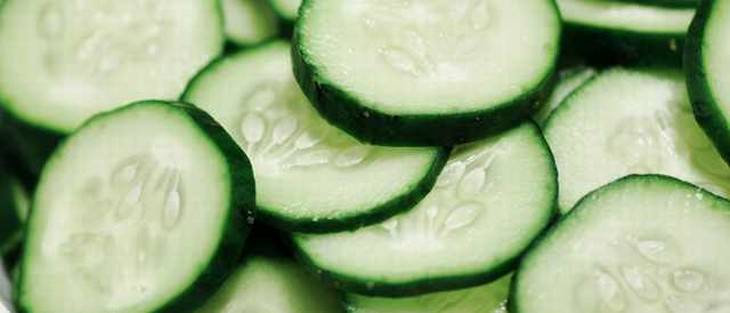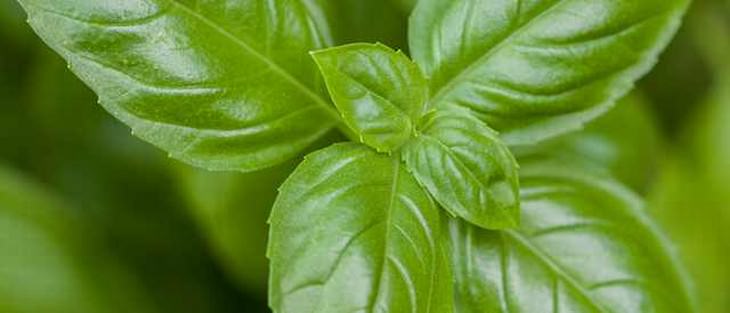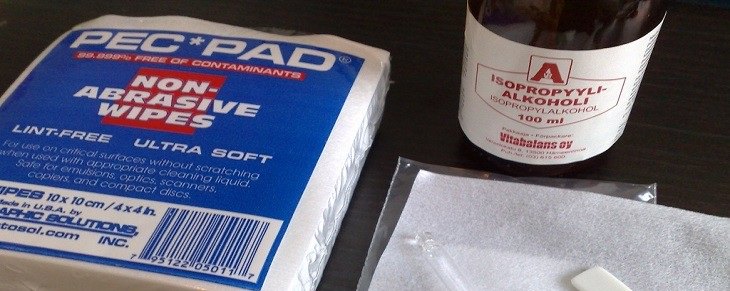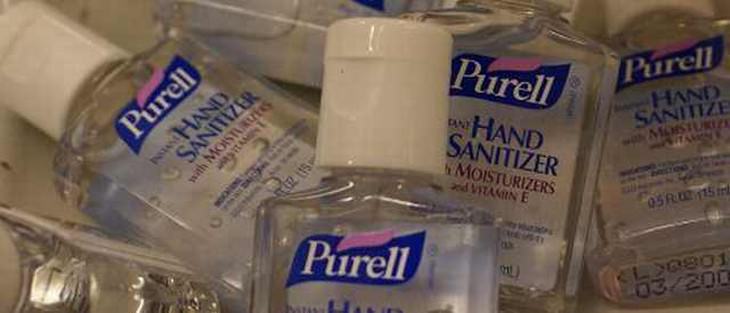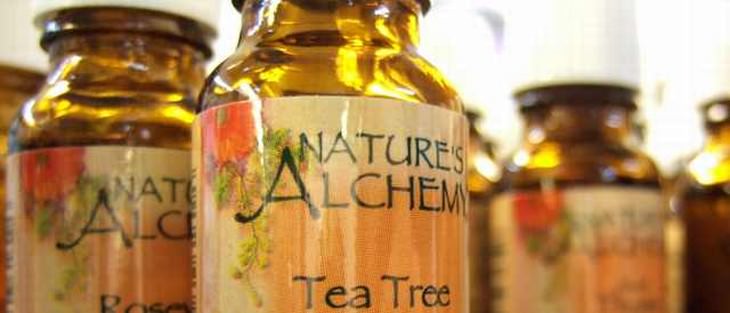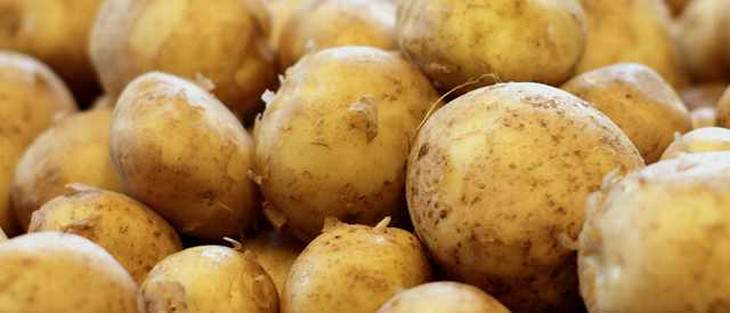1. Antacid Tablets
Antacid tablets, like "Tums," contain antacids, aspirin, and a disinfectant, which act against the bite's venom, causing the itching sensation, providing quick relief from skin irritation.
How to use?
Crush the tablet with a few drops of water and apply the paste you've created on the bite. You can add a bit of aloe vera to soothe the skin.
How does it work?
You will feel the effect of this method immediately, as the base in the tablets breaks down the acidic venom in the bite, and the disinfectant and aspirin in the tablets numb the area and prevent irritation.
2. Honey
Besides being a natural and tasty sweetener, honey is known as "nature's antibiotic" due to its antiseptic properties, which can be used when our skin suffers from various irritations and bites.
How to use?
Apply a bit of honey and massage the irritated area. Do not leave honey on your body before going to bed - the sweetness attracts more insects. You can repeat the treatment 3-5 times a day.
How does it work?
Honey contains a disinfectant and is antibacterial by itself, so it both numbs the skin and prevents infections from developing.
3. Cold Tea
We are used to using cold tea to relieve eye inflammation, and fortunately, it can also help in cases of small and large bites, quickly bringing relief from itching.
How to use?
Place cold tea bags on the irritated areas for a few minutes, and replace them if necessary.
How does it work?
Tea bags draw out fluids from the bite, including those that cause the itching sensation, making them an excellent solution for bites and itching.
4. Oatmeal
Bathing in an oatmeal bath is a well-known home remedy that significantly improves the appearance of the skin. When used as a topical paste on a bite, it soothes and speeds up recovery.
How to use?
Mix half a cup of oatmeal with water and apply a thin layer of the paste to the bite area for about 20 minutes.
How does it work?
The alkaloids in oatmeal reduce the irritation caused by the venom of biting insects, thereby reducing the itching sensation and swelling in the affected area.
5. Hemorrhoid Cream
Hemorrhoid creams do not require a prescription, can be found in various pharmacies, and a small investment in them will provide you with an especially effective remedy that you can pull out at any time.
How to use?
Apply hemorrhoid cream to the irritated area several times a day until the swelling goes down.
How does it work?
Hemorrhoid creams contain ingredients that constrict blood vessels in the irritated area, thereby reducing swelling, preventing inflammation, and soothing skin irritation.
6. Cucumber
Cucumber is used as a cosmetic treatment that many women place on their eyes and skin to reduce puffiness, and this method can also be applied to various bites.
How to use?
Place thin slices of cucumber (preferably chilled) on the irritated skin areas for a few minutes.
How does it work?
The fluids in cucumber are anti-acidic, thereby neutralizing the venom in the bite. As a result, the swelling decreases, and the skin can heal faster.
7. Basil
There’s nothing like adding basil to fresh salads and Italian dishes. The next time you prepare one, set aside a few basil leaves in case mosquitoes visit you during the night.
How to use?
Grind the basil, apply the green paste that is created on the irritated areas for a few minutes, and then rinse with cold water. You can also use basil essential oil, available in various health stores, and apply it to the bites whenever they bother you.
How does it work?
Basil contains two organic compounds called camphor and thymol, which numb itching and reduce skin swelling quickly. The scent of basil is a natural mosquito repellent.
8. Disinfecting Alcohol
Disinfecting alcohol is found in most home medicine cabinets, and besides disinfecting wounds, you can also use it to relieve bites and itching on your skin.
How to use?
Dip a cotton ball in disinfecting alcohol, place it on the irritated skin for a few seconds, and then rub it in a circular motion.
How does it work?
The alcohol disinfects the area and neutralizes the toxins in the venom, thereby providing relief from bites.
9. Antibacterial Gel
If you have particularly sensitive skin that may be irritated by using disinfecting alcohol, or if you want to treat bites on your child's delicate skin, you can use antibacterial gel containing lower alcohol levels than medical alcohol.
How to use?
Dip a cotton swab in a solution of low-alcohol content and apply it to the irritated area.
How does it work?
Similar to alcohol used to relieve bites, antibacterial hand gel also contains alcohol, which neutralizes the venom and helps heal bites.
10. Tea Tree Oil
Tea tree oil has a unique and strong scent that indicates the powerful compounds it contains, which can help reduce swelling and bites on the skin.
How to use?
Massage the bite area with a few drops of tea tree oil 4-5 times a day.
How does it work?
Tea tree oil contains anti-inflammatory properties that help disinfect the wound area, thereby significantly reducing the swelling caused by bites.
11. Lemon and Lime
Lemon and limes are particularly tasty in various drinks and dishes, and their characteristic acidity can help relieve bites and itching.
How to use?
Press a slice of fresh lemon against the bite or drop a few lemon juice drops on the area.
How does it work?
Citric acid balances the acid in the bite, thereby neutralizing it, and lemon juice is a natural disinfectant that prevents infections in the bite area.
12. Potato
We are used to seeing them in the form of chips or mashed potatoes, but these starchy root vegetables are a well-known home remedy for treating bites, itching, and even burns.
How to use?
Place a slice of potato on the bite area for about an hour.


